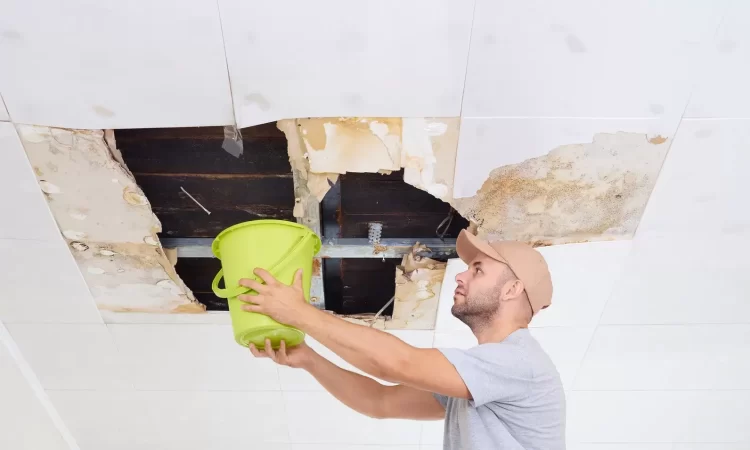
After water damage strikes, restoring your home as quickly as possible is essential. This helps prevent mold, mildew, and other dangerous issues from developing.
The best way to do this is by assessing the damage. This will allow you to determine if the water damage is light enough to restore yourself or more serious.
Cleaning
According to water restoration Suffolk County experts, the first step is removing as much debris as possible if you have water damage in your home. Depending on the extent of the damage, this may mean using a bucket, wet-dry vacuum, or submersible utility sump pump.
Next, you’ll need to dry out the area. This can be done by running fans, opening doors and windows, or renting a dehumidifier.
Regardless of your choice, you’ll want to ensure the area is as dry as possible to prevent mold and mildew growth. Doing so will help the restoration process run more smoothly and avoid further damage.
Lastly, consider replacing damaged items such as severely warped wood, rotting wood, or wood that has developed mold and mildew problems. This is especially important if the damage is structural and will help the repairs go smoothly.
Inspection
Water damage inspection is an integral part of the restoration process. Whether you’re buying a home or business, cleaning up after a flood, or dealing with a leaky pipe, you need a water restoration Suffolk County expert to examine the area and determine what steps should be taken to restore it.
Inspection is a critical evaluation of materials, items, or systems involving examination, testing, and gauging. It is a practice used in many industries, including machine tooling, automotive products, food processing, pharmaceuticals, chemicals, and electrical and electronic products.
During an inspection, the inspector looks for water marks or wet spots on ceilings that indicate leaking pipes. They also check for leaks in sinks and bathtubs or clogs in the drains and sump pumps. They also inspect for mold growth or signs of bubbling in walls or floors. These are common signs of moisture issues and can be a deal-breaker if the seller fails to repair the problem. If you purchase a home with water damage, get estimates from three or more companies specializing in repairs and mold remediation.
Disposal
When restoring water damage, there are a few different ways to do it. First, remove the affected items from your property as quickly as possible. Once you’ve done that, it’s time to start the restoration process. Getting a water restoration Suffolk County professional in on the action as soon as possible is a good idea to help keep cleanup to a minimum and minimize potential damage. This is especially true if you have any hazardous materials involved. Next, consider having a dumpster delivered to the affected area to take care of any garbage in a typical household garbage can that must be disposed of properly. After that, sorting through the clutter and putting your house back together is a matter. It’s also a good idea to call your insurance agent as soon as possible to get the ball rolling on your claims process.
Replacement
Various things, including sewage backups, broken pipes, and natural disasters, can cause water damage. Regardless of the cause, it’s essential to understand how you can restore your home after water damage occurs.
After identifying the source of the water damage, homeowners should stem the water flow as quickly as possible. This may require a submersible water sump or bilge pump to remove excess water from the damaged area.
Once the water has been stopped, it’s time to clean the impacted areas. This includes removing debris and disinfecting the area.
After cleaning, replacing any materials that cannot be salvaged or aren’t safe to touch, such as insulation and drywall, is crucial. These porous items can quickly become saturated with water and are critical to mold growth.
